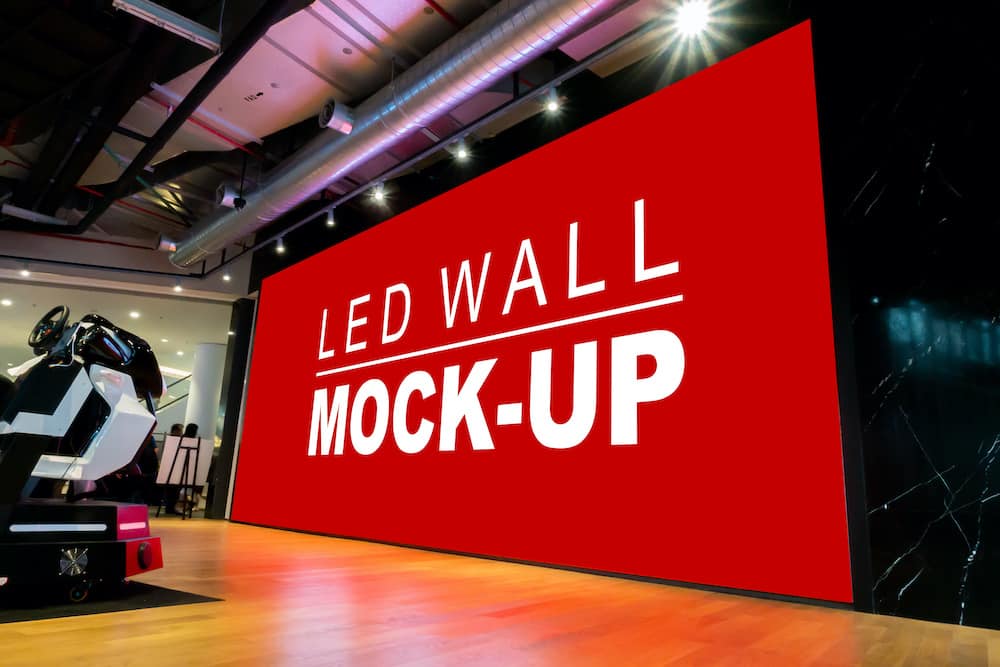Exploring the Impact of Observation Angles on Light Emitting Diode Panel Display Performance and Visual Appeal
A functionality and aesthetics of LED wall displays can substantially differ based on the observation perspective. Viewing perspective refers to the degree from which a observer can see the screen without diminishing image quality. This factor is crucial in multiple settings, such as in homes, offices, and public spaces. Comprehending how viewing angles impact LED wall panels helps consumers and businesses make informed decisions when selecting displays for their specific needs.One major aspect of LED wall panel performance influenced by viewing perspectives is luminance. As the viewing perspective alters, the apparent brightness of the panel can diminish. This is particularly noticeable in panels that are not designed for broad observation angles. For instance, a viewer standing straight in front of an LED wall panel may see rich and bright colors, while someone viewing from the flank may observe a significant decline in brightness and hue accuracy. This problem can limit the effectiveness of the display in multi-viewer environments, making it essential to select panels with broader viewing perspectives for such uses.
Color uniformity is another critical factor influenced by viewing perspectives. Various LED wall panels use different technologies to display hues, resulting in diverse levels of color check fidelity across different angles. When observing an LED wall panel from an perspective, hues may appear changed or washed out. This variance can be especially problematic in business settings, such as marketing or demonstrations, where accurate color depiction is crucial. Selecting panels that maintain color accuracy across a broad range of perspectives can improve the overall viewing experience.

Alongside functionality elements, visual quality are also impacted by viewing angles. LED wall panels are often used as decorative elements in modern architecture and interior decor. When placed in a location where viewers will see the panel from various perspectives, the total visual impact can vary dramatically depending on the panel's characteristics. A panel that looks impressive from the fore may not have the same attractiveness when viewed from the side. Thus, architects must take into account the observation perspectives when planning installations to ensure click this that the visual quality is maintained from all perspectives.
Finally, it is crucial to take into account the type of environment in which the LED wall panels will be used. In environments like sports arenas, musical halls, and large public spaces, a wide viewing angle is vital to guarantee that all attendees can enjoy the screen's content. In contrast, in smaller environments like home theaters, the observation angle may be not as important, as observers typically sit directly in front of the screen. By evaluating the specific needs and environments for LED wall panels, users can choose displays that optimize both performance and visual appeal, providing a more enjoyable viewing experience for everyone.